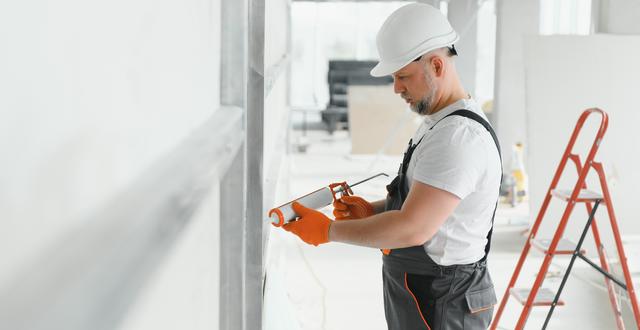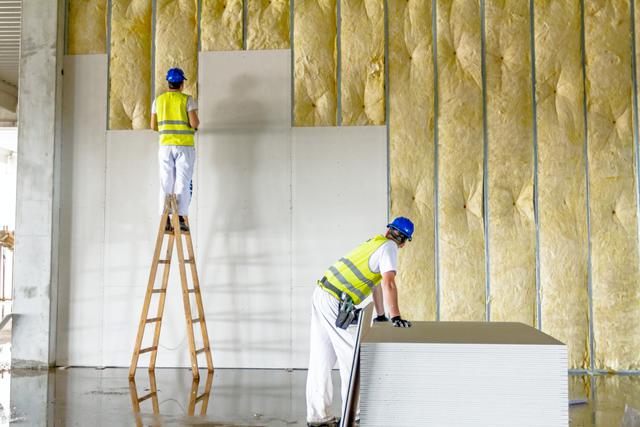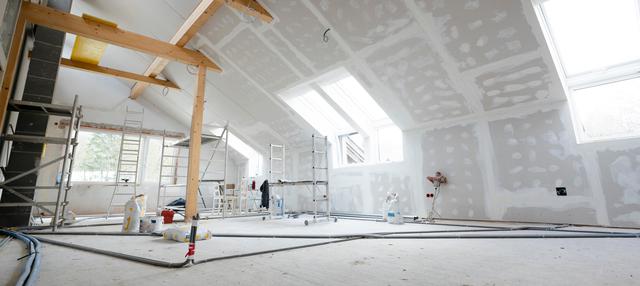Installing new drywall can be a daunting task, especially for first-time homeowners. It involves a lot of preparation and work that can take time and effort. While the end result is usually worth it, there are several surprises homeowners may encounter during the installation process. Here are the biggest ones to be aware of:
Dealing With Uneven Surfaces
One of the most common surprises homeowners face when installing new drywall is uneven surfaces. Even a small deviation can make it challenging to install drywall evenly. This can happen due to several factors, such as the presence of old glue, wallpaper, or paint on the walls. In some cases, you may need to sand down the surface or apply a skim coat to create a smoother surface for drywall installation.
Calculating the Amount of Drywall Needed
Estimating the amount of drywall needed for a project can be challenging, especially if you're not familiar with the process. While most suppliers can help you with this, it's important to provide accurate measurements to avoid under or overestimating the amount of material needed. This can lead to additional costs, time, and effort if you have to order more materials or make several trips to the hardware store.
Managing Electrical and Plumbing Work
If you're installing drywall in a room with electrical or plumbing systems, it's essential to ensure that you don't cover any important components. This can make future repairs or maintenance more difficult and expensive. Before installing drywall, make sure to locate and mark any wires, outlets, or pipes that may be hidden behind the walls. You may also need to work with a licensed electrician or plumber to ensure that your installation is up to code.
Finishing and Sanding the Seams
Once you've installed the drywall, you'll need to finish and sand the seams to create a smooth surface for painting or wallpapering. This can be time-consuming and messy, as it involves applying joint compound, tape, and sanding the surface multiple times to create a seamless finish. It's essential to be patient during this process, as rushing can result in a rough surface that is difficult to work with.
Cleanup and Disposal
Finally, after the installation is complete, you'll need to clean up and dispose of any waste materials. This can include drywall scraps, sawdust, and leftover joint compound. Depending on the amount of waste generated, you may need to rent a dumpster or hire a professional waste disposal company to remove the debris.






comments